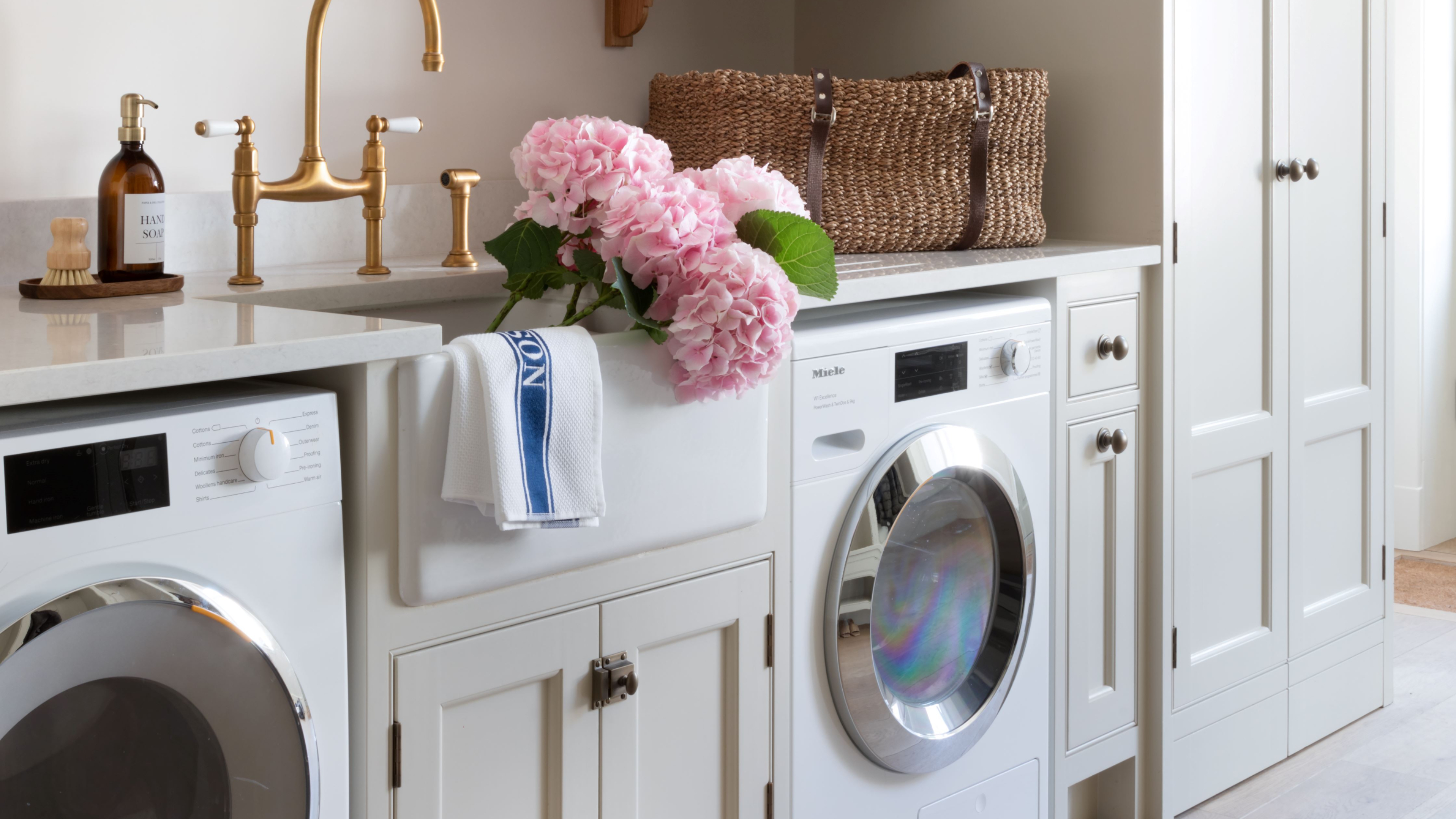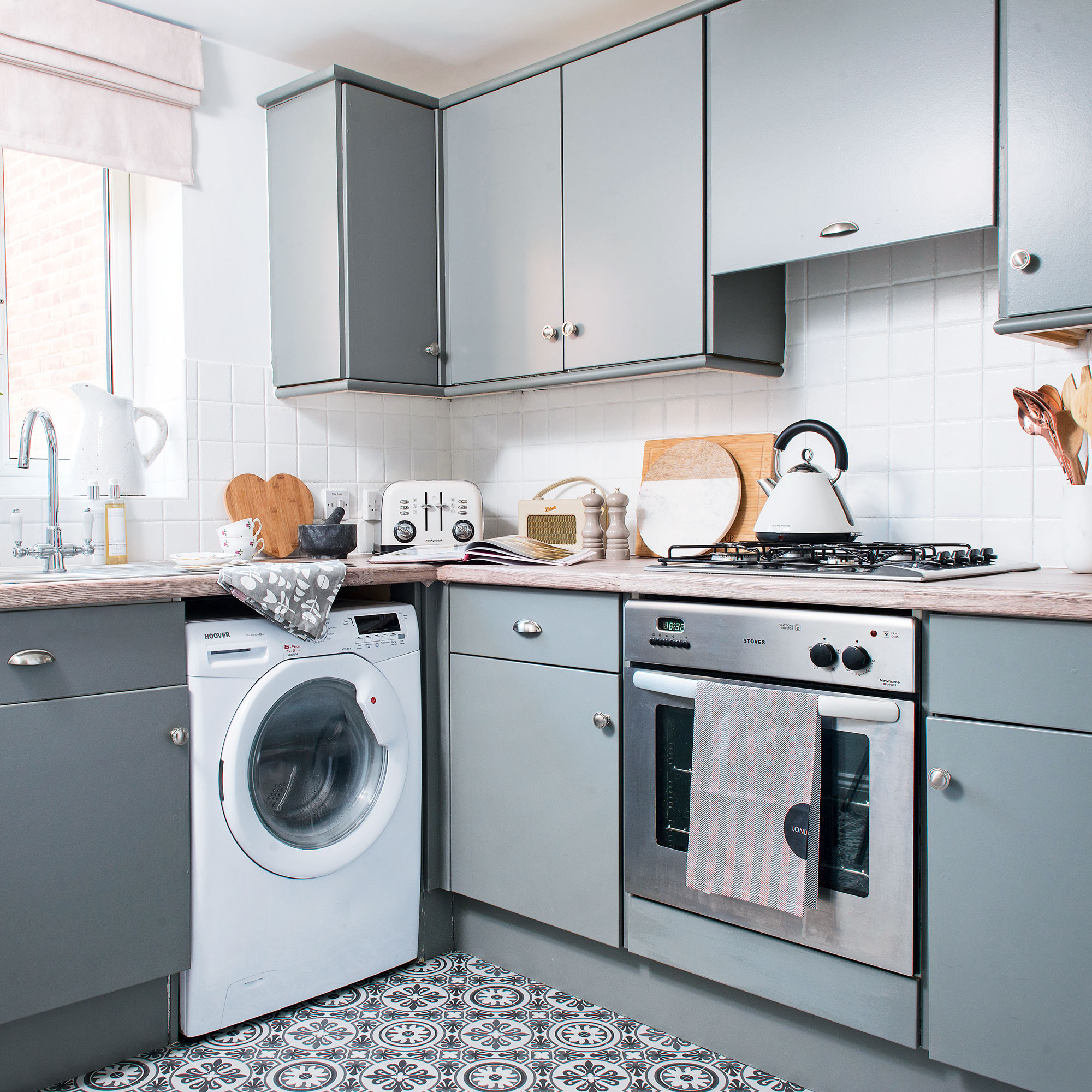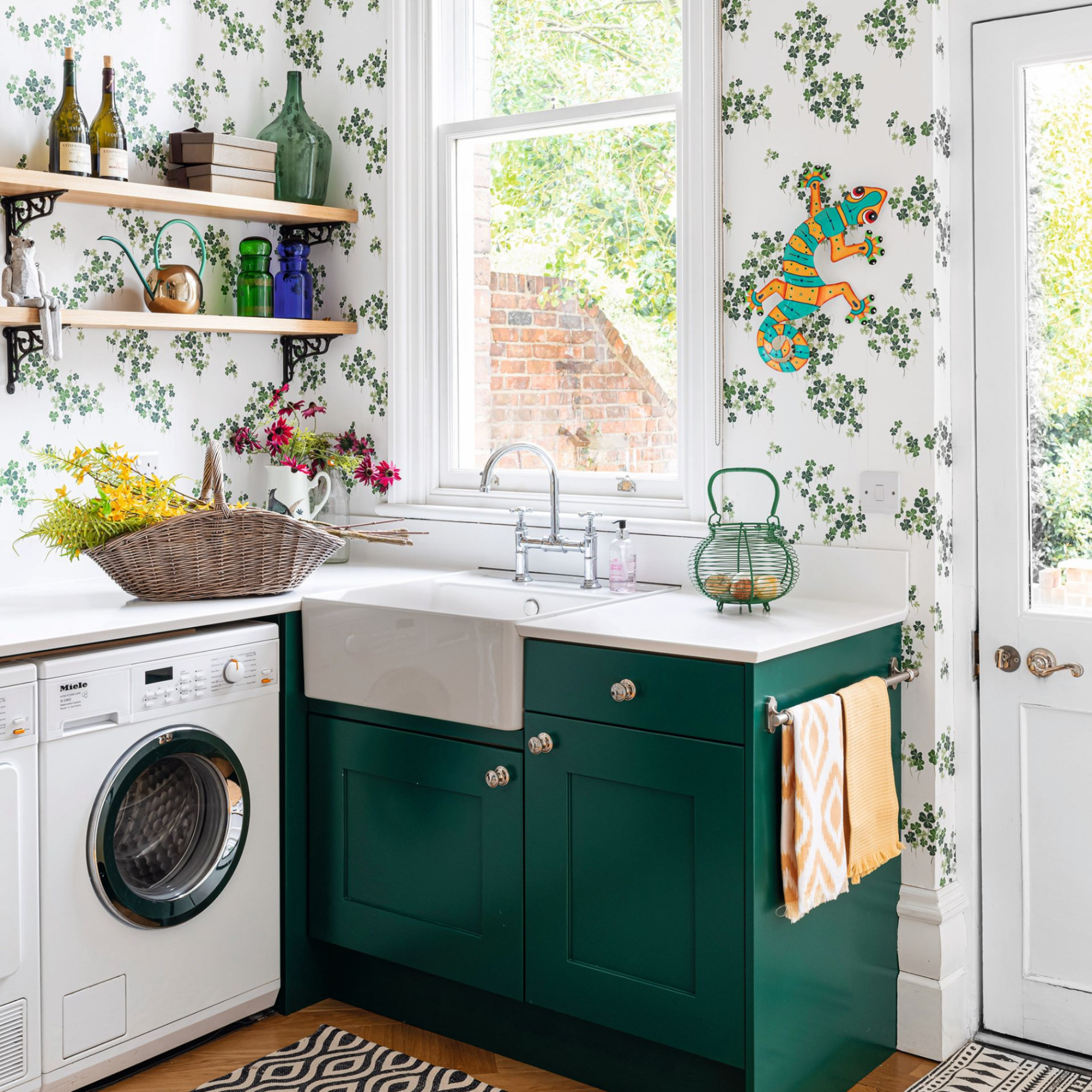Why are my clothes soaking wet after washing? Appliance experts reveal 5 common reasons – and how to avoid them
Clothes still wet even after a spin cycle? This is why


Laundry day is already a universally dreaded part of many people's week, but as you can imagine it's a task that only gets increasingly more frustrating when your clothes are coming out the washing machine soaking wet.
As many of us are preparing for the change of season, being clued up on the best ways to dry clothes fast without a tumble dryer will be super helpful for when you want to dry clothes in winter. However, if your clothes are soaking wet after washing, you'll only end up with clothes that smell damp if you try to hang them up as is.
Instead of feeling at a loss, frantically trying to run multiple spin cycles to combat the problem (spoiler alert: this likely won't work), there are several reasons why your washing machine might be causing you issues, leaving you with clothes coming out of the drum soaking wet at the end of the cycle.
1. Overloading the machine

We understand how tempting it is to fill the washing machine with as many clothes as possible every time, to save us from having to do multiple loads during an already long Sunday reset – especially if you live in a larger household.
However, Chloe Blanchfield, product marketing manager for Hisense UK warns that 'overloading the machine can cause clothes to bunch up, preventing the drum from spinning properly and effectively removing water from the fabric.'
So, while you think you might be saving on the cost of running a washing machine by only doing one cycle, stuffing too many things in at once will ultimately cost you more in the long run needing to fix the issue.
To avoid this, ensure you know the capacity of your washing machine so you be crystal clear on how many things you should be loading at any one time.
Sign up to our newsletter for style inspiration, real homes, project and garden advice and shopping know-how
2. An unbalanced load

Following in a similar fashion from the first point, not only is overloading the drum a big mistake, but also loading it unevenly.
'An unbalanced load (e.g. if the drum is underloaded and clothes are all on one side) can cause drainage issues,' explains Lucy Baxter, group marketing manager at Bosch.
Sophie Dickson, AO.com's washing machine expert further explains that this issue is most likely when washing 'heavy items like towels or blankets' as they're more likely to clump on one side of the drum, causing the machine to not spin properly.
While it's important to uphold a routine of washing towels frequently and changing bedding regularly, be sure to ensure these loads are evenly distributed in the drum for the most effective water drainage.
3. Washing machine not spinning properly

Aside from human error, the most common cause for clothes coming out of the washing machine soaking wet at the end of the cycle is because it's either not spinning at optimum speed or worse, not spinning at all.
'Using a lower spin speed may not remove enough water from the clothes. Depending on what's in the machine, adjusting to a higher spin speed can help,' advises Sophie.
Chloe adds, 'By using a higher spin speed, the machine extracts more water from your clothes so it's important to make sure the spin cycle is set to an appropriate speed for each type of laundry.'
4. Lack of maintenance

As with any appliance, maintenance is key to keeping it at its best working condition.
'A blockage in the air filter or pump can hinder the machine's ability to drain water, leading to wet clothes at the end of the cycle,' explains Lucy. This means ensuring you're cleaning your washing machine regularly as this will not only keep your washing machine from smelling, but also operating effectively.
'Before starting a programme, clean the filter and remove any foreign objects blocking the impeller,' advises Lucy. Regular maintenance and steering clear of overloading can help prevent these issues consistently arising.
5. Neglecting the water waste hose

Staying on theme with maintenance, another reason why your clothes are soaking wet after washing is because of a kink or blockage in your machine's waste water hose.
'Check for visible kinks or bends by pulling the appliance out slightly and untwisting any that you find. Ensure the hose is not blocked by disconnecting it from the siphon, placing the end in a bucket and selecting the drain programme,' advises Lucy.
'If water struggles to fill the bucket, clean the water waste hose and siphon.'
6. Clogged drainage system

Finally, another common cause your washing machine is not spinning clothes dry is because of a clogged drainage system.
'A clogged drain house or pump can affect water low, leaving clothes wetter than usual,' says Sophie.
'If the draining system has a blockage, it affects the machine's ability to drain water from the drum, resulting not only in soaking wet clothes but also poor rinsing and dirty laundry,' adds Chloe.
Now you understand the common reasons causing your clothes to come out of the washing machine soaking wet, you can hopefully successfully identify the root of the issue and fix it – knowing what not to do in the future to prevent the same issue from arising again.

Jullia was Ideal Home’s Junior Writer from 2022-2024 and the Ideal Home Certified Expert in Training on Vacuums having spent over 60 hours testing different models. She’s always loved all things homes and interiors, graduating with a bachelor’s degree in Architectural Studies from the University of Nottingham where her love for writing blossomed following her internship at ArchDaily. Now focused on home tech and cleaning, Jullia works on writing features and explainers to help people make the most of their home appliance investments, putting the newest launches through their paces. When she isn’t writing, she loves exploring the city, coffee shop hopping, and losing hours to a cosy game or book.